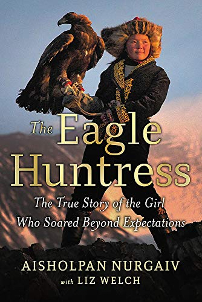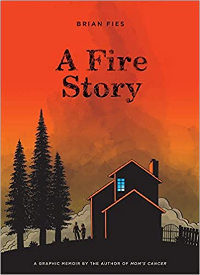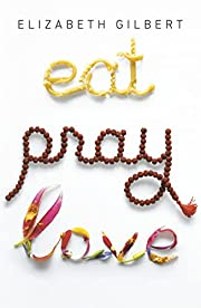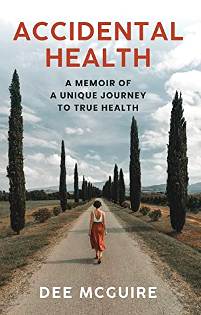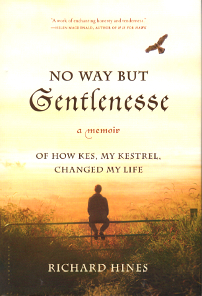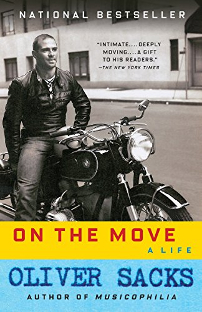Written with co-author Liz Welch who travelled to Mongolia to work on the book. This short, simply told and wonderful story is about girl from a nomadic group of people in northern Mongolia, the Kazakh. They traditionally hunted with golden eagles, but the practice was forbidden for sixty-five years during communist rule. Aisholpan tells how eagle hunting went back for seven generations in her family, and her grandfather had to keep his eagle hidden, hunting it in secrecy. When eagle hunting was allowed again, festivals celebrating the skill were organized to help revive it. Aisholpan grew up right alongside her father’s eagle in their house. She helped feed it, and when her older brother left for a year of military service, she took care of his bird. When she was older, Aisholpan not only wanted to learn how to hunt with an eagle, she wanted to catch and train her own bird. Her family took only a little convincing, but when Aisholpan later took her eagle to the festival to compete, she was openly mocked and criticized. She was the only girl there with an eagle. And she won the competition. Not only that, but tourists who visited their home were so amazed at seeing this girl with her large eagle, a filmmaker came and made a documentary about her. Now that’s one I really want to see!
This story is not just about eagle hunting. It’s about nomadic life, boarding school, and what it was like to have tourists come stay in their home, from Europe, Africa, and other far countries. She tells about going into town on visits with her family, and being astonished at all the ready-made products. I had assumed they would use the eagles to catch food- but actually they only hunt eagles at prey in the winter, going after foxes and other fur-bearers. The pelts are used to make warm clothing. For these people, it was a source of pride to make their own clothes, most of their food provided by their herd animals, and so on. Such a different way of life. The last part of the book tells how Aisholpan suddenly experienced fame after the documentary became popular. It was shown at the Sundance film festival and then many other places around the world. Aisholpan travelled for the first time in her life to attend film showings, a falconry event she was invited to in Dubai, and more.
But her biggest event was back home, where she had to prove herself to critics in her community. They said winning the eagle competition was one thing, but a true hunter would successfully catch prey out on the mountain in winter. So she had to face the dangerous conditions to hunt her eagle in winter. And it was difficult. Many attempts before success. It was really interesting to read this so soon after No Way But Gentlenesse. Both stories are about a young person training a bird of prey, but otherwise couldn’t be more different. I’ve read so many books about falconry now, the differences in how golden eagles are trained and hunted in Mongolia leaped out at me. Many things are exactly the same, but other things were quite different. I’ve got to put that film on reserve now!
Borrowed from the public library.
